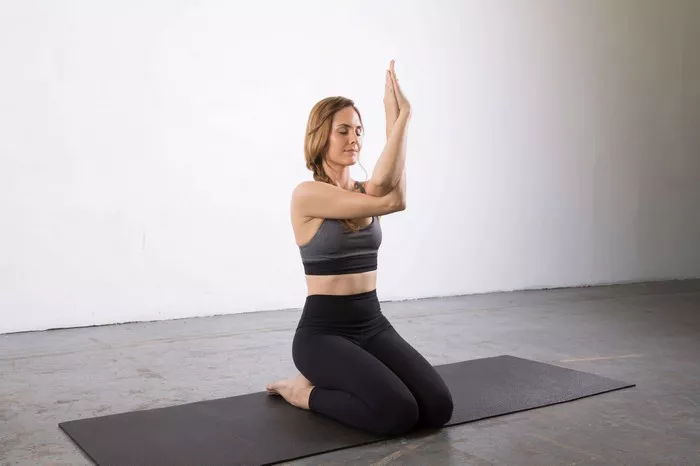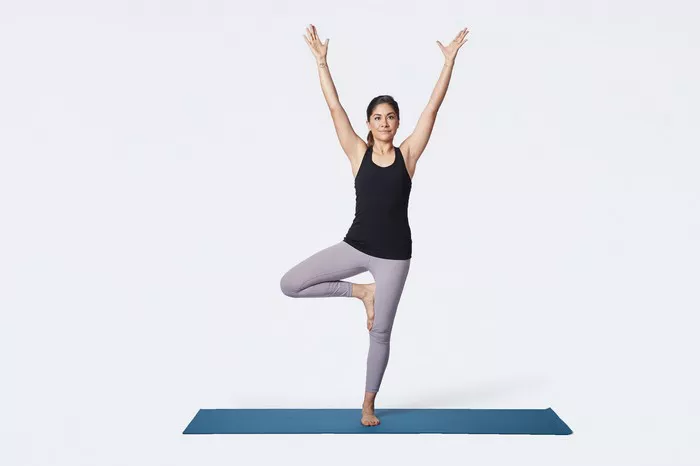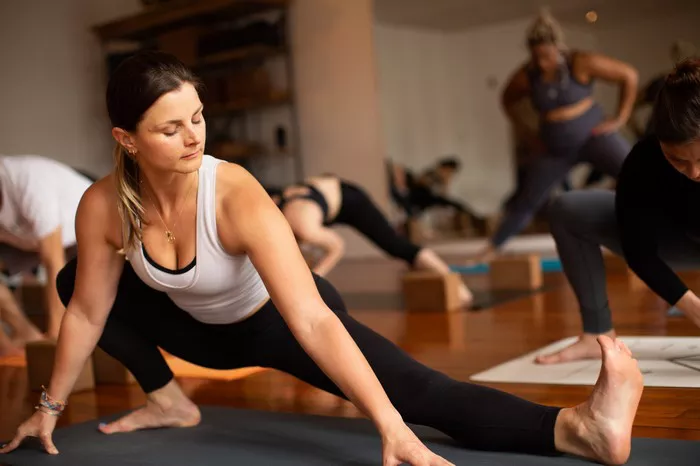Yoga is a wonderful practice that offers numerous physical and mental benefits. However, like any physical activity, it carries the risk of injury if not done correctly. One of the most common areas of concern for yoga practitioners is the knees. Knee injuries can be particularly debilitating, affecting your ability to perform not only yoga but also daily activities. This article will provide comprehensive tips on how to protect your knees in yoga, ensuring a safe and enjoyable practice.
Understanding the Knee Anatomy
Before diving into protective strategies, it’s essential to understand the knee’s anatomy. The knee is a complex hinge joint made up of bones, cartilage, ligaments, and tendons. It connects the thigh bone (femur) to the shin bone (tibia). The patella, or kneecap, sits in front of the joint, and the fibula runs alongside the tibia. The cartilage, including the menisci, cushions the bones, while ligaments and tendons provide stability and movement.
Common Knee Injuries in Yoga
1. Ligament Strains and Sprains
Ligaments, such as the ACL (anterior cruciate ligament) and MCL (medial collateral ligament), can be strained or sprained during yoga, especially in poses that involve deep knee bends or twisting motions.
2. Meniscus Tears
The menisci are two C-shaped pieces of cartilage that act as shock absorbers between the femur and tibia. Twisting movements can cause tears, leading to pain and swelling.
3. Patellar Tendinitis
Overuse or improper alignment can lead to inflammation of the patellar tendon, causing pain around the kneecap.
4. Bursitis
Inflammation of the bursae, small fluid-filled sacs that reduce friction between the knee’s components, can result from prolonged pressure or repetitive movements.
See Also: Is Hot Yoga Bad for Your Kidneys?
Key Principles for Knee Protection
1. Proper Alignment
Alignment is crucial in yoga to prevent knee injuries. Misalignment can put undue stress on the knees, leading to injuries over time. Here are some alignment tips:
- Track the Knees Over the Ankles: In standing poses like Warrior I and II, ensure your front knee is aligned over the ankle and not collapsing inward.
- Engage the Muscles: Use the quadriceps and hamstrings to support the knee joint. Engaging these muscles helps stabilize the knees.
- Distribute Weight Evenly: In poses like Downward Dog, distribute your weight evenly between your hands and feet to avoid overloading the knees.
2. Use Props
Props can be incredibly beneficial in protecting the knees. They provide support and allow you to modify poses to suit your body’s needs.
- Blocks: Use blocks under your hands in poses like Half Splits or forward bends to reduce the strain on your knees.
- Blankets: Place a folded blanket under your knees in poses like Tabletop or Low Lunge to cushion the joint.
- Straps: Use straps to extend your reach in seated forward bends, preventing the need to overstretch and strain your knees.
3. Modify Poses
Modifying poses is not a sign of weakness; it’s a smart way to practice yoga while protecting your knees.
- Avoid Deep Knee Bends: If you have sensitive knees, avoid deep knee bends like Hero Pose. Instead, sit on a block or bolster to reduce the angle of the bend.
- Limit Twisting Poses: Be cautious with twisting poses that put pressure on the knees. Modify them to ensure your knee is not torqued.
- Focus on Alignment: Always prioritize proper alignment over depth in a pose. It’s better to go less deep but maintain good form.
4. Strengthen Supporting Muscles
Strong muscles around the knee provide better support and stability, reducing the risk of injury.
- Quadriceps: Poses like Chair Pose and Warrior II strengthen the quadriceps.
- Hamstrings: Bridge Pose and Forward Bends help strengthen and stretch the hamstrings.
- Glutes: Strong glutes stabilize the pelvis and reduce knee strain. Include poses like Bridge and Warrior III in your practice.
5. Listen to Your Body
Your body is your best teacher. Pay attention to any discomfort or pain in your knees and adjust your practice accordingly.
- Avoid Pushing Through Pain: Pain is a signal that something is not right. If you feel pain in your knees, come out of the pose and reassess your alignment or use a modification.
- Take Rest Days: Allow your knees time to recover by incorporating rest days into your practice schedule.
Specific Poses and Tips for Knee Protection
1. Warrior I (Virabhadrasana I)
- Alignment: Ensure your front knee is directly over the ankle. Avoid allowing the knee to collapse inward.
- Modification: Place your hands on your hips to focus on the alignment of your lower body.
2. Warrior II (Virabhadrasana II)
- Alignment: Keep the front knee over the ankle and track the knee toward the middle toe.
- Modification: Use a shorter stance to reduce the strain on your knees.
3. Triangle Pose (Trikonasana)
- Alignment: Ensure your front leg is straight but not locked. Engage the quadriceps to support the knee.
- Modification: Use a block under your bottom hand to prevent overreaching and straining the knee.
4. Tree Pose (Vrksasana)
- Alignment: Place your foot above or below the knee, never directly on the knee joint.
- Modification: Use a wall for support if you feel unsteady.
5. Chair Pose (Utkatasana)
- Alignment: Keep your knees tracking over your toes and avoid collapsing inward.
- Modification: Practice against a wall to ensure proper alignment and reduce strain on the knees.
6. Child’s Pose (Balasana)
- Alignment: If you experience knee pain, place a rolled-up blanket or bolster between your hips and heels.
- Modification: Widen your knees if needed to reduce pressure on the knee joint.
Additional Tips for Knee Health in Yoga
1. Warm-Up Properly
A proper warm-up prepares your muscles and joints for the practice, reducing the risk of injury. Include gentle movements like Cat-Cow, leg swings, and gentle stretches to warm up your knees.
2. Cool Down and Stretch
Cooling down and stretching after your practice helps maintain flexibility and prevent stiffness. Include gentle stretches for the quadriceps, hamstrings, and calves.
3. Hydrate and Nourish
Hydration and proper nutrition support joint health. Drink plenty of water and include anti-inflammatory foods like turmeric, ginger, and omega-3-rich foods in your diet.
4. Wear Appropriate Gear
Wear comfortable clothing that allows free movement. Consider using knee pads or sleeves if you have a history of knee issues.
5. Practice Regularly
Consistency is key to building strength and flexibility. A regular practice helps maintain joint health and prevents injuries.
Conclusion
Protecting your knees in yoga requires mindfulness, proper alignment, and the use of props and modifications. By following these tips, you can enjoy a safe and fulfilling yoga practice that supports your knee health and overall well-being. Remember, yoga is a journey, and listening to your body is paramount. Practice with awareness and compassion, and your knees will thank you.
Related topics:





















